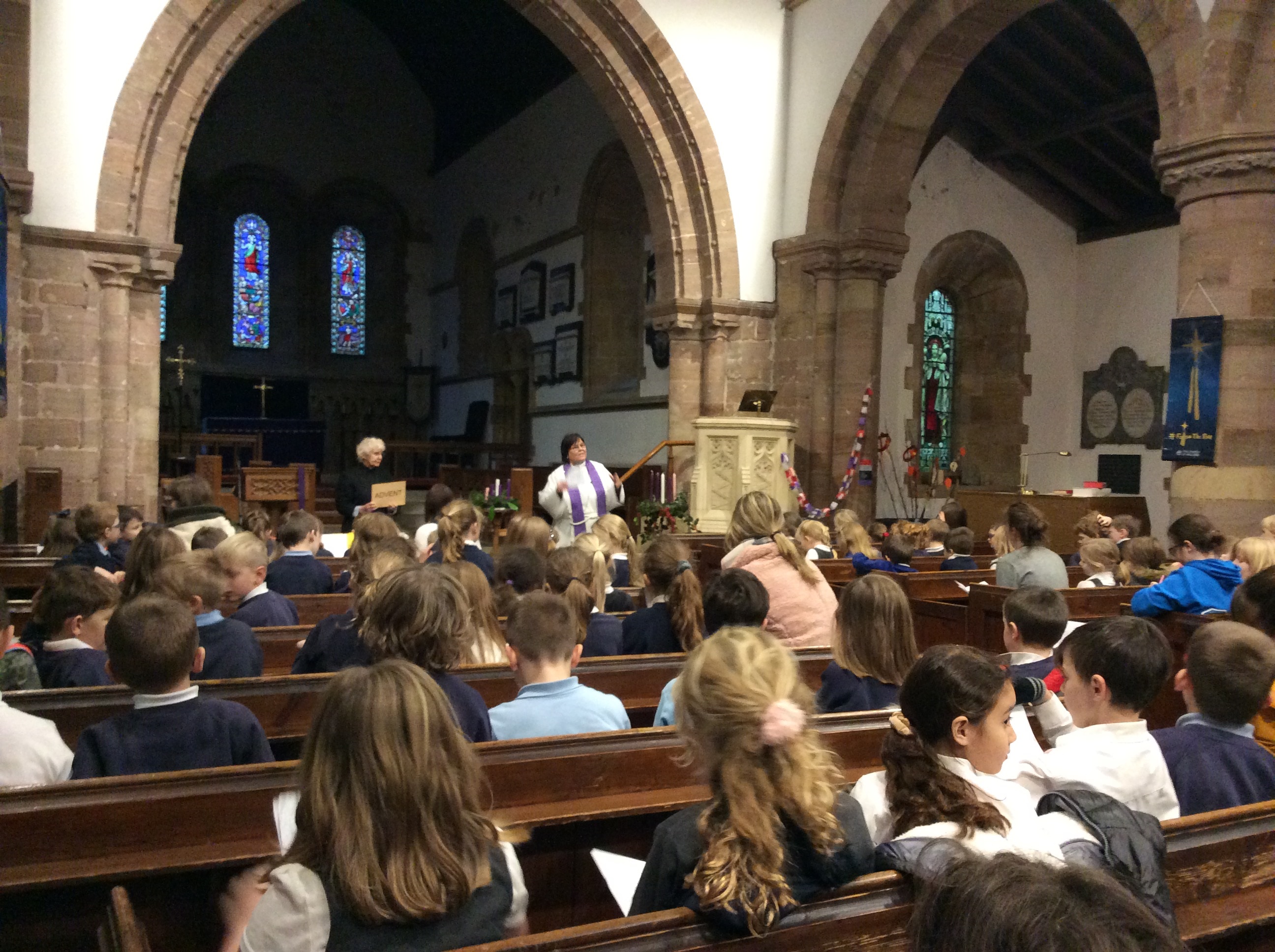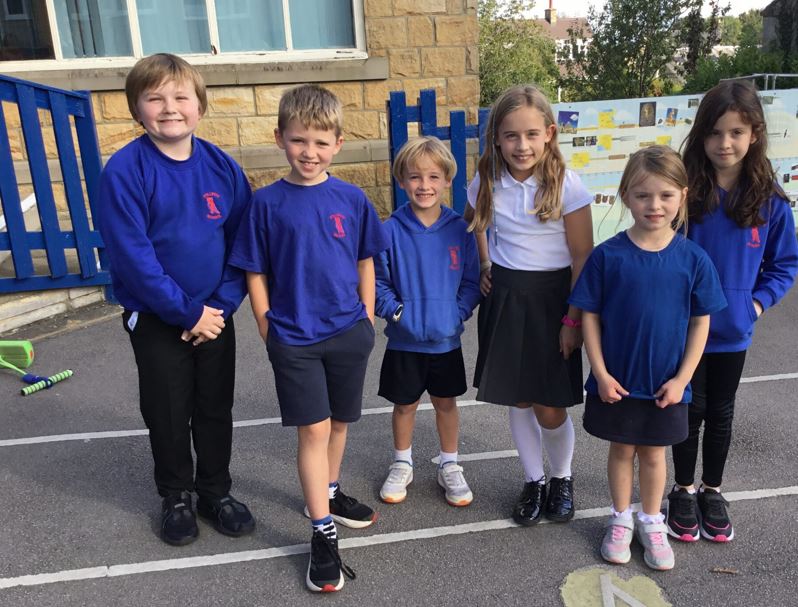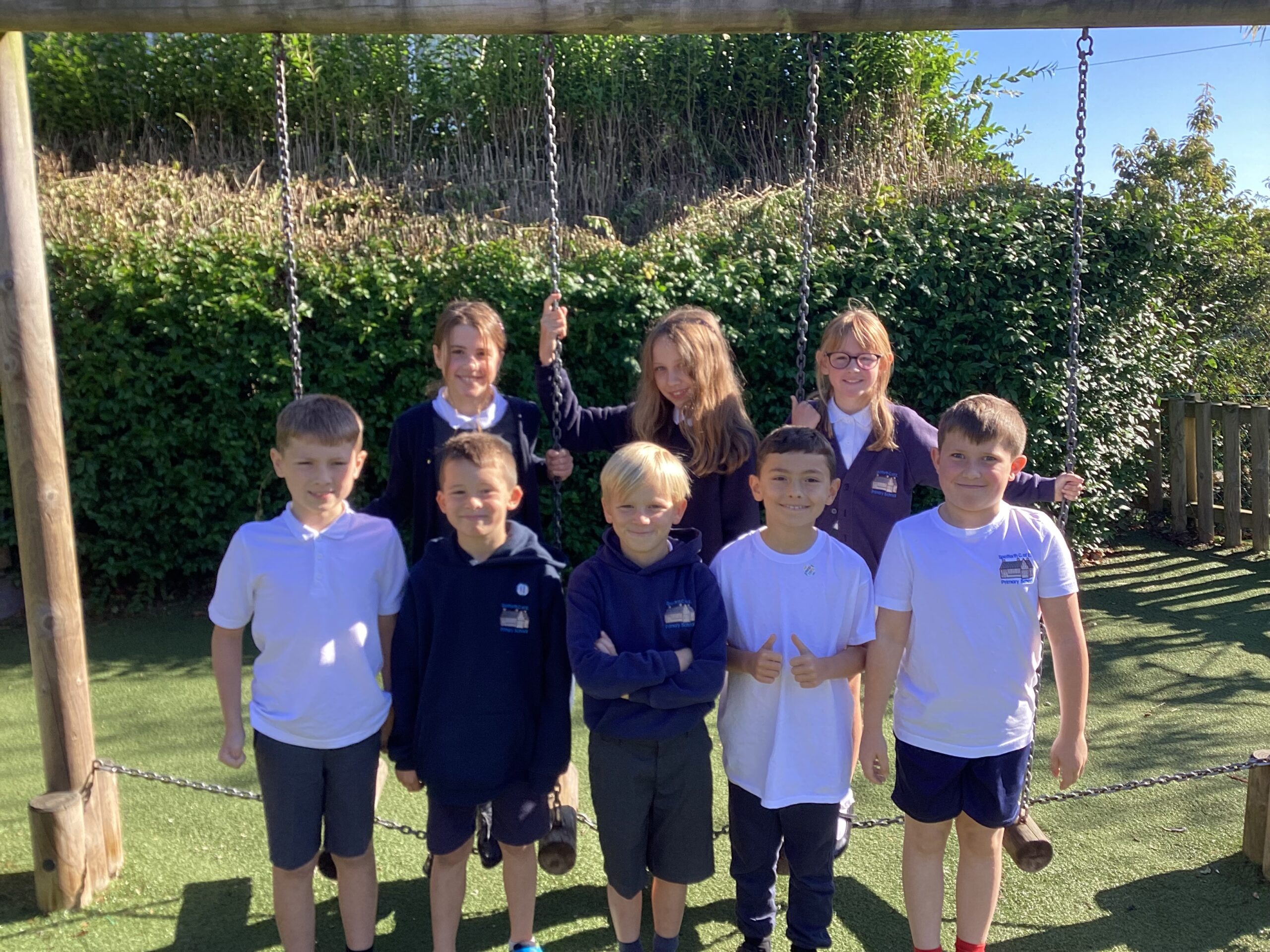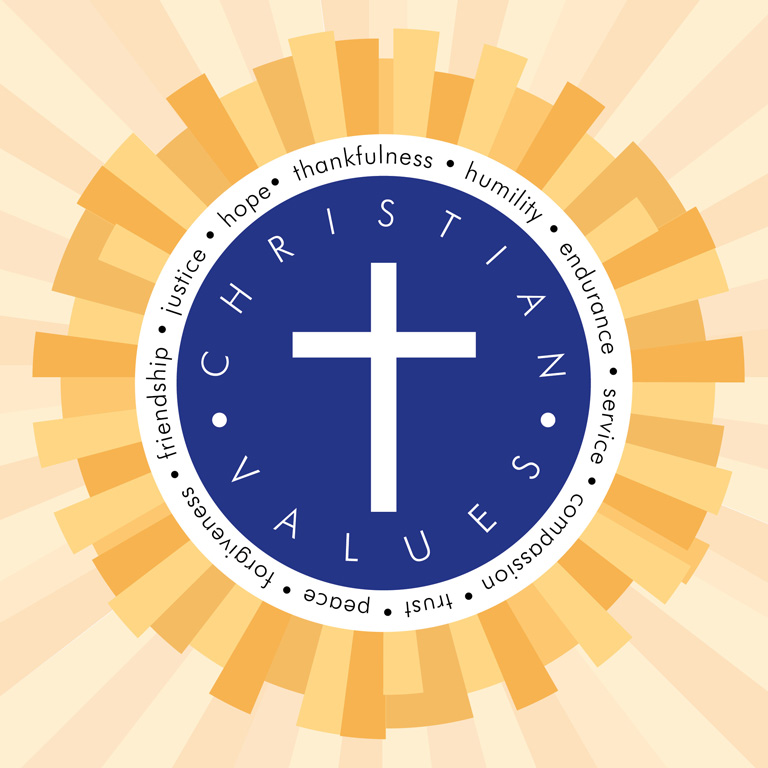Worship
Collective Worship
At Follifoot C of E and Spofforth C of E we have daily acts of Collective Worship, in which pupils, staff, clergy and visitors are actively involved. Our daily Collective Worship is linked to our school ethos and our school’s Christian Values.
Special celebrations take place at:
Harvest
Christmas
Easter
Participation in the Harvest Festival, Easter and Christmas services provide opportunities for the children’s experience to be focused outside the more familiar setting of the school premises and enriched by that process.

Aims for Collective Worship
- To use Collective Worship for the children in order to meet their expectations and needs.
- To enjoy worshipping together.
- To stimulate imagination and encourage participation.
By these means to enable the children:
- To gain a clear and concise understanding of Christian teaching and practice with reference to the teachings of the Church of England and the Holy Scriptures.
- To reflect and be encouraged to perceive the spiritual dimension of being human.
- To give thanks to God, the Father, Son and Holy Spirit.
- To encourage respect for others and to explore and discover relationships and diversity.
Working with our local church



